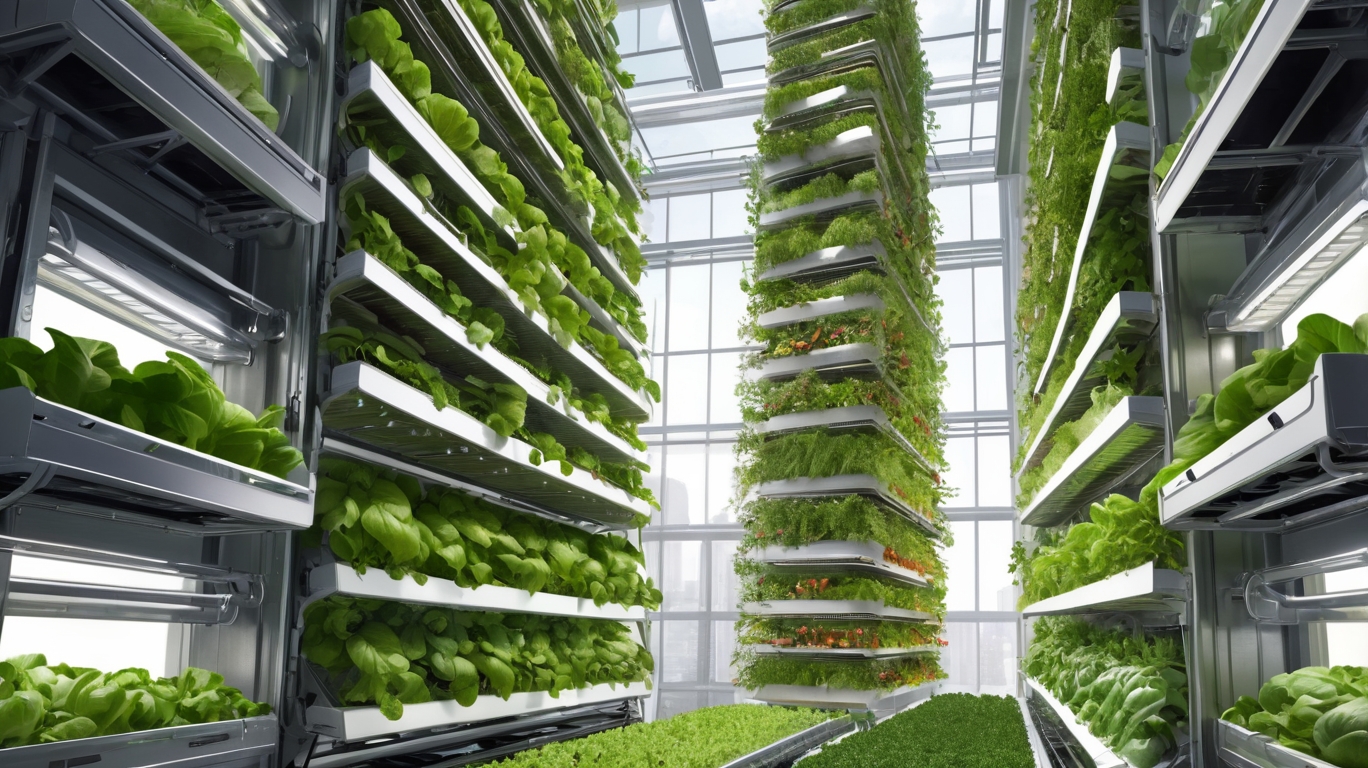Vertical Farming: Growing Food in Small Spaces
In today’s fast-paced world, many of us long for a connection to nature—especially when it comes to growing our own food. But what if you don’t have a sprawling backyard or a sunny garden plot? Enter vertical farming, a space-efficient and sustainable way to cultivate fresh produce, even in the smallest of homes.

What Is Vertical Farming?
Vertical farming is the practice of growing plants in stacked layers or vertically inclined surfaces, often indoors or in compact urban spaces. By utilizing walls, shelves, or specialized structures, this method maximizes growing area without requiring large plots of land. Whether you live in an apartment, a tiny house, or simply want to make the most of a small balcony, vertical farming offers a practical solution.
Why Choose Vertical Farming?
1. Space Efficiency
Traditional gardening requires horizontal space, but vertical farming turns unused walls, corners, or even windowsills into productive green spaces. This makes it ideal for urban dwellers or anyone with limited room.
2. Year-Round Growing
With indoor vertical systems, you’re not limited by seasons. By controlling light, temperature, and humidity, you can grow herbs, leafy greens, and even some fruits all year long.
3. Reduced Water Usage
Many vertical farming setups, such as hydroponics or aeroponics, use significantly less water than conventional soil gardening. The closed-loop systems recycle water, making them an eco-friendly choice.
4. Fewer Pests & Diseases
Growing indoors reduces exposure to common garden pests and soil-borne diseases, meaning fewer chemicals and healthier plants.
Getting Started with Vertical Farming
You don’t need a high-tech setup to begin—simple DIY solutions can work just as well. Here are a few approaches:
1. Vertical Planters & Pocket Gardens
Hanging fabric planters, wall-mounted pots, or repurposed pallets can create an instant vertical garden. Perfect for herbs like basil, mint, or parsley.
2. Shelving Units with Grow Lights
A simple bookshelf fitted with LED grow lights can host multiple trays of microgreens, lettuces, or strawberries. Adjustable shelves allow you to accommodate different plant heights.
3. Hydroponic Towers
For a more advanced (but still manageable) option, hydroponic towers circulate nutrient-rich water to plants without soil. These systems are compact and highly productive.
4. Window Farms
If you have a sunny window, a DIY window farm using recycled bottles or PVC pipes can support small plants like cherry tomatoes or peppers.
Best Plants for Vertical Farming
Not all crops thrive in vertical setups, but many do exceptionally well:
- Leafy greens (lettuce, spinach, kale)
- Herbs (basil, cilantro, thyme)
- Microgreens (fast-growing and nutrient-dense)
- Strawberries (great for hanging planters)
- Peas & beans (if given a trellis to climb)
A Calmer, Greener Future
Vertical farming isn’t just a trend—it’s a practical way to bring nature into our daily lives, even in the most confined spaces. Whether you’re looking to grow a few fresh herbs or sustain a small indoor garden, this method offers a peaceful, rewarding way to reconnect with your food.
Why not start small? A single vertical planter with your favorite herbs can be the first step toward a more sustainable, homegrown lifestyle.
Happy growing! 🌱